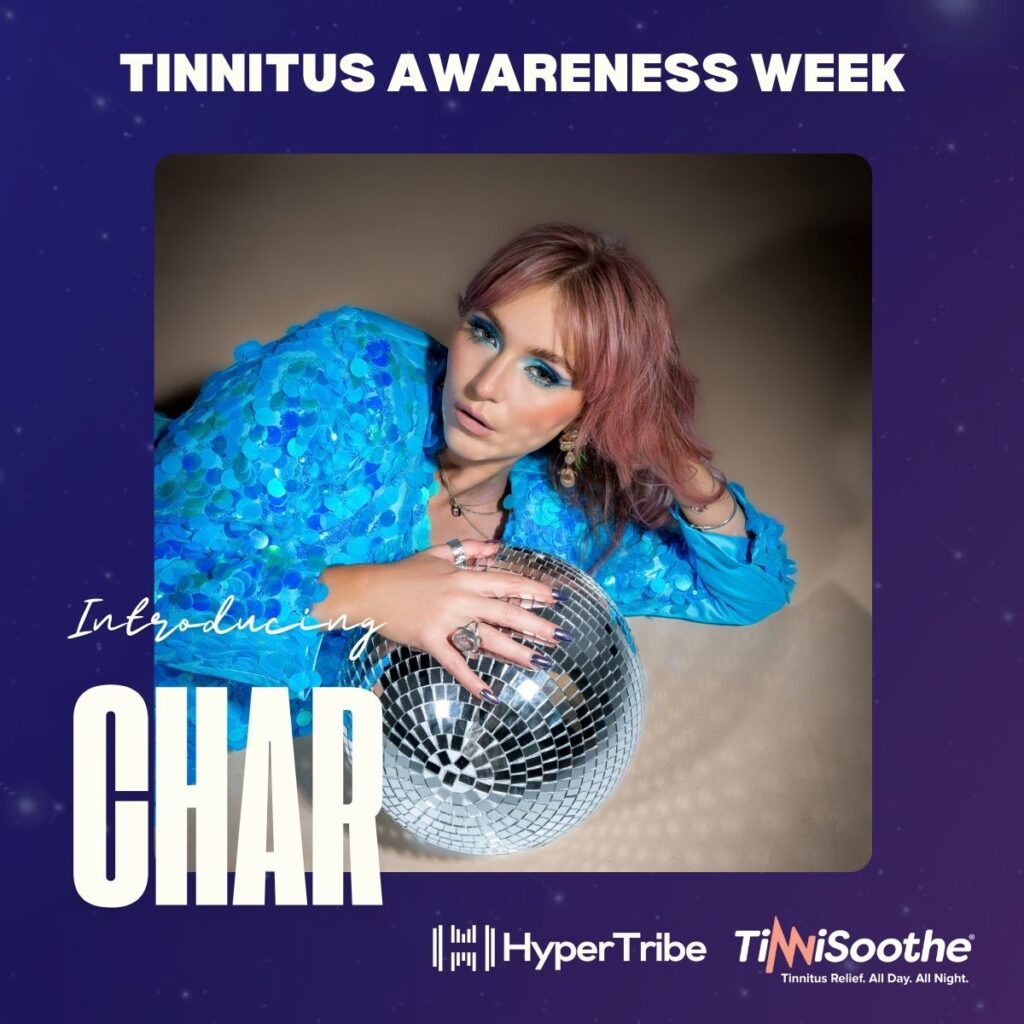Understanding the Importance of the Music Industry Diversity
The Impact of Diversity on Creativity and Innovation
Creativity and innovation in the music business are much enhanced by variety. Artists from several backgrounds coming together have distinct viewpoints and experiences that could inspire the production of innovative music.
Working together among musicians with several styles and inspirations frequently produces the blending of many genres and the creation of fresh sounds challenging conventional music. This variety of ideas and techniques encourages experimentation and discovery, hence propelling the sector forward.
The Economic Benefits of a Diverse Music Industry
A varied music scene offers several financial advantages. The incorporation of artists from many backgrounds could result in more customer involvement and market expansion. People are more willing to support and make investments in music they can relate to.

For record companies, musicians, and streaming sites, this generates more business and increases income. A varied music business also encourages invention and originality. When musicians from several points of view and experience work together, they provide original ideas and techniques that appeal to a larger audience. This increases industry reach as well as draws new listeners and supporters.
Identifying the Current Challenges in the Music Industry
Lack of Representation in Mainstream Media
Underrepresented musicians get little recognition in mainstream media inside the music business. This lack of variety not only restricts the exposure and possibilities for these musicians but also impedes general industry innovation and expansion.
For instance, a basic feature of music composition that differs throughout genres and civilizations is song structure. However, the study and enjoyment of several song forms are often disregarded or underappreciated because of the limited representation of many performers.
Barriers to Entry for Underrepresented Artists
Breaking through the music business might be difficult for an underrepresented musician. Lack of resources and chances for manufacturing may be one of the biggest obstacles you could run over. Making great music that satisfies industry standards may be challenging without the required tools and help.
Furthermore, many artists—especially those from underprivileged areas—may find the expenses of production tools and studio space to be exorbitant. Underrepresented artists’ capacity to completely express their skills and reach a larger audience may be limited by this financial obstacle.
Promoting Diversity in Music Education
Incorporating Diverse Music Genres in Curriculum
Promoting diversity in music education depends first on including several musical styles within the curriculum. Students who expose themselves to a variety of musical genres and traditions will grow to appreciate the richness and diversity of music more deeply. Combining genres like jazz, hip-hop, reggae, classical, and global music lets students investigate many musical expressions and cultural viewpoints.
Including many music genres in music history and theory courses is one practical approach to include them. This gives pupils a thorough knowledge of the changes in music and the efforts of musicians from all backgrounds. It also enables a challenge to the conventional Eurocentric viewpoint that has dominated music education for many years.
One further strategy is to provide optional seminars or courses emphasizing certain musical genres. This lets students explore further the particular traits, methods, and cultural settings of every genre. It also gives pupils chances to work together and produce music in other genres, therefore encouraging originality and creativity.
It is crucial to guarantee that the tools and supplies used in the instruction of many music genres are correct and sensitive to culture. This covers utilizing real recordings, sheet music, and instructional resources honoring the customs and history of the particular genres. Inviting guest musicians and artists from all backgrounds to share their knowledge with the kids is also very vital.
Teachers may foster a more inclusive and enjoyable classroom by including several music genres in their lessons. Along with a better knowledge of music, students grow to be sympathetic, and respectful of all cultures and viewpoints. This provides a good basis for a future more varied and inclusive music sector.
Providing Accessible Music Education for All
Regarding offering easily available music instruction for everyone, one should take into account the varied requirements and backgrounds of the pupils. Music education should first prioritize inclusion so that everyone, regardless of ability or situation, may learn and interact with music.
Including adaptable technology in music instruction is one approach to support accessibility. This may include equipment and software meant to help those with impairments study and produce music. Adopting adaptive technology can help music teachers establish a more inclusive classroom and enable their pupils to express themselves via their work.
Financial assistance is also rather crucial for easily available music instruction. Many people might run over financial obstacles that keep them from getting music instruction. Offering scholarships, grants, or financial aid programs helps music organizations make sure no one is left behind because of financial limitations.
Moreover, easily available music education depends much on community collaborations. Working with nearby businesses and community centers would enable one to reach underprivileged areas and provide individuals who may not have access otherwise chances for music instruction.
Providing easily available music education for everybody calls for a multifarious strategy that takes into account the many requirements of students, combines adaptive technology, provides financial assistance, and promotes community connections. Prioritizing inclusion and removing obstacles will help us to build a more fair and easily available music education system.
Creating Inclusive Spaces for Artists and Industry Professionals
Addressing Bias and Discrimination in the Music Industry
Developing a more inclusive and fair environment in the music business depends on addressing prejudice and discrimination in that sector. Apart from being fundamental principles of respect, diversity and inclusion help the sector as a whole. Reducing prejudice and discrimination will help us create an environment in which every artist and business professional may flourish and provide their skills and viewpoints.
Diversity and inclusion policies help to eliminate prejudice and bias in one sense. These rules might assist in defining precise expectations and norms for conduct within the sector. When prejudice and discrimination surface, they may also provide a structure for handling and fixing problems.
Apart from laws, it is crucial to aggressively question prejudices and preconceptions that pervade the music business. Awareness campaigns aiming at understanding and empathy might help to accomplish this by employing education. We can make the surroundings more inclusive and friendly for artists from all backgrounds by confronting prejudices and misconceptions.
Increasing marginalized voices in the music business is yet another crucial action. This may be accomplished by giving performers from underprivileged backgrounds venues and chances to highlight their skills and become noticed. Working with local groups that assist minority artists will also help to magnify their voices and offer them the tools they need to flourish.
These actions will help us to create a music business more varied, inclusive, and fair. Not only is it the proper thing to do, but addressing prejudice and bigotry helps the business overall as well. Embracing diversity and establishing inclusive environments helps us to provide chances for invention, creativity, and teamwork that could propel the sector forward.
Implementing Diversity and Inclusion Policies
A more fair and inclusive music business depends on the diversity and inclusion policies being followed. Establishing these rules helps companies to guarantee that everyone, from all backgrounds, has equal chances to flourish and achieve. Policies on diversity and inclusion provide a structure for tackling prejudice and discrimination, thereby encouraging justice, and so strengthening the industry’s feeling of belonging.

Clearly defined goals and objectives help to execute diversity and inclusion policies rather successfully. This might include raising underrepresented minority representation, fostering a more inclusive workplace, and thereby supporting many points of view and voices. Setting quantifiable goals helps companies to monitor their development and take responsibility for producing significant transformation.
Providing training and education is yet another crucial component of applying diversity and inclusion policy. This may include materials, seminars, and workshops that enable people to see the value of diversity and inclusion, acknowledge their prejudices, and choose techniques for establishing inclusive environments. Training courses may provide equipment tools for encouraging diversity and inclusion in daily operations and assist in confronting unconscious prejudice.
Organizations may also establish task forces or diversity and inclusion committees to monitor policy execution. Representatives from several divisions and levels of the company may make up these committees, thereby guaranteeing a range of viewpoints and experiences are included. Additionally in charge of tracking development, gathering comments, and suggesting improvements are them.
It is noteworthy that putting diversity and inclusion policies into effect is an always-changing process. Policies should be routinely assessed and evaluated by companies, who should then make necessary changes. The music business may grow to be a more varied and dynamic venue for all musicians and business professionals by always aiming for excellence and supporting an inclusive culture.
Supporting Underrepresented Artists and Communities
Investing in Emerging Artists from Underrepresented Backgrounds
Investing in up-and-coming musicians from underprivileged backgrounds can help you as a professional in the music business change things. Acknowledging and supporting these gifted people will help to foster a more varied and inclusive music sector. Success in this fast-paced sector depends on both artists and business professionals on efficient time management. Here are some actions you may do to help and inspire marginalized artists:
Collaborating with Community Organizations to Amplify Voices
Amplifying the voices of underprivileged artists and communities depends critically on working with local groups. Working with these companies can help the music business to get insightful analysis and viewpoints that could have been missed. Collaborating lets voices in the sector be more varied and inclusive.
Supporting regional projects is one way you may work with community groups. This might include supporting events or initiatives aiming at highlighting the work of underrepresented musicians. Through funding these projects, the music business may provide chances for musicians from all backgrounds to be noticed and given credit.
Developing connections is also another crucial component of cooperation. Strong ties to community groups help the music business build understanding and trust. More significant relationships and cooperation resulting from this may help the sector as well as the local communities it serves.
One also has to pay great attention and learn from local groups. Through proactive dialogue and feedback-seeking, the music business can better grasp the demands and obstacles marginalized artists and communities experience. This information may guide actions and help to bring about good change in decision-making.
Working with community organizations is all things considered, a great approach to elevate the voices of marginalized musicians and groups in the music business. Working together, helping local projects, developing partnerships, and listening and learning will help the sector to create a more inclusive and varied environment for everybody.
Supporting Underrepresented Artists and Communities
Investing in emerging artists from underrepresented backgrounds is key to fostering a diverse and inclusive music industry. Recognizing and supporting these talented individuals helps create opportunities and promotes a richer cultural landscape.
Collaborating with community organizations is critical for amplifying the voices of underrepresented artists and communities. Supporting local initiatives, building partnerships, and actively listening to and learning from community organizations can lead to meaningful change. These collaborations can provide valuable insights and resources, helping to create a more inclusive and diverse music industry.
FAQs
How does music promote diversity?
It aids in breaking stereotypes, paving the way for promoting musicians from different backgrounds and marginalized communities. Enhanced Fan Engagement: Presenting fans with diverse music increases engagement as it offers them a wider variety of music to explore and connect with.
How do music resources show equality and diversity?
The choice of repertoire from a variety of cultures and traditions in vocal and instrumental lessons offers a powerful way to promote diversity. Creating a culture where all music is celebrated and respected encourages learners to be confident in enjoying, embracing, and sharing the music that is meaningful to them.
How will the music industry develop in the future?
With advancements in technology, the digitization of music, and innovative business models, the landscape is primed for unprecedented expansion. Streaming platforms are expected to continue dominating the market, providing users with unparalleled access to vast musical libraries.
Conclusion
Embracing diversity and inclusion in the music industry is essential for fostering creativity, innovation, and economic growth. By addressing current challenges, promoting diverse music education, and creating inclusive spaces, we can support underrepresented artists and communities. Investing in emerging talents and collaborating with community organizations amplifies these efforts, ensuring a richer, more dynamic industry. Prioritizing diversity benefits not only the artists but also the entire music ecosystem, driving it toward a more equitable and prosperous future.
Support underrepresented artists and contribute to a more diverse and innovative music industry by joining our community. At HyperTribe, we believe in the power of diversity to drive creativity and growth. Join our membership today to access exclusive resources, connect with like-minded individuals, and be part of a movement that amplifies the voices of emerging talents from all backgrounds. Together, we can shape a more inclusive future for music.



